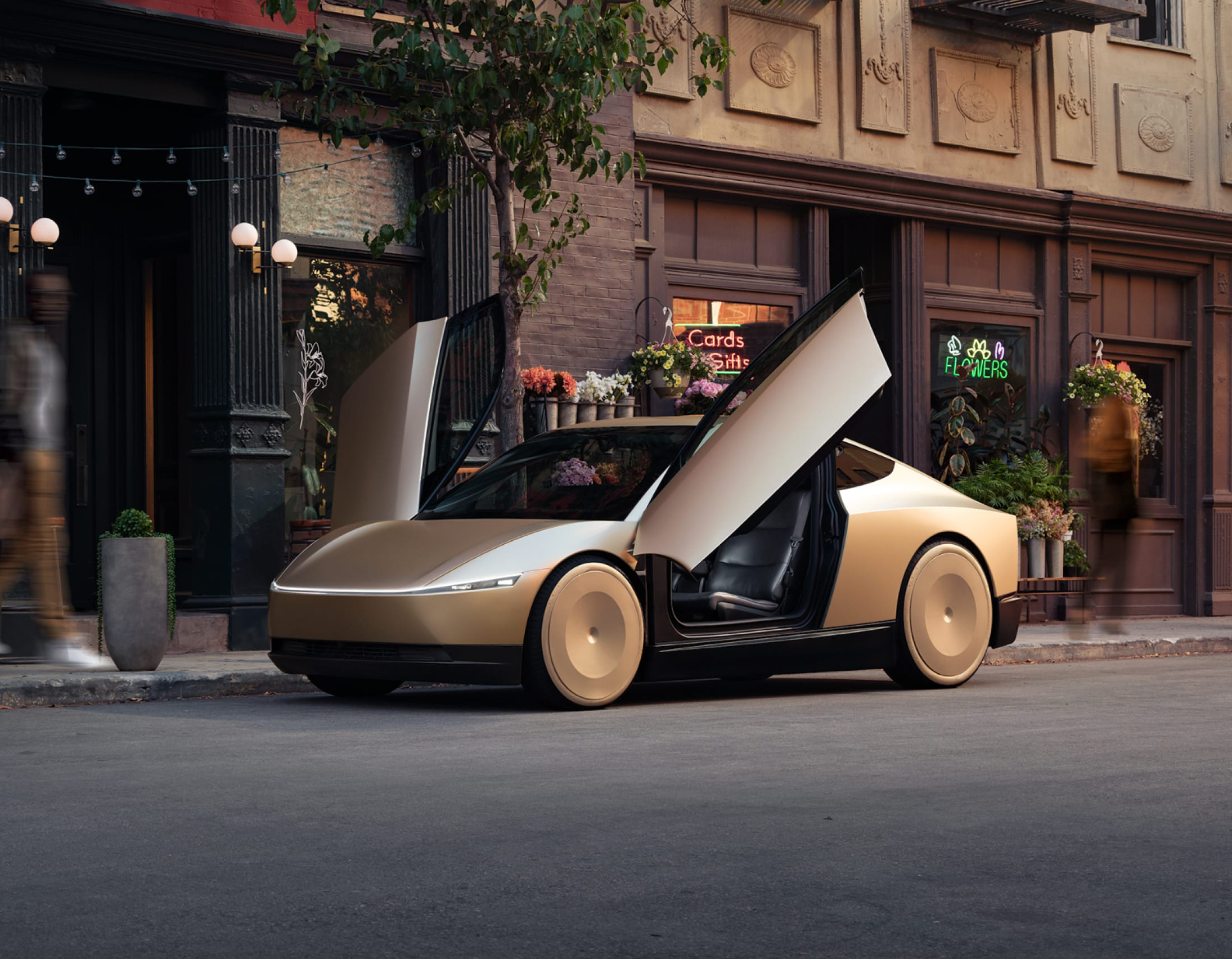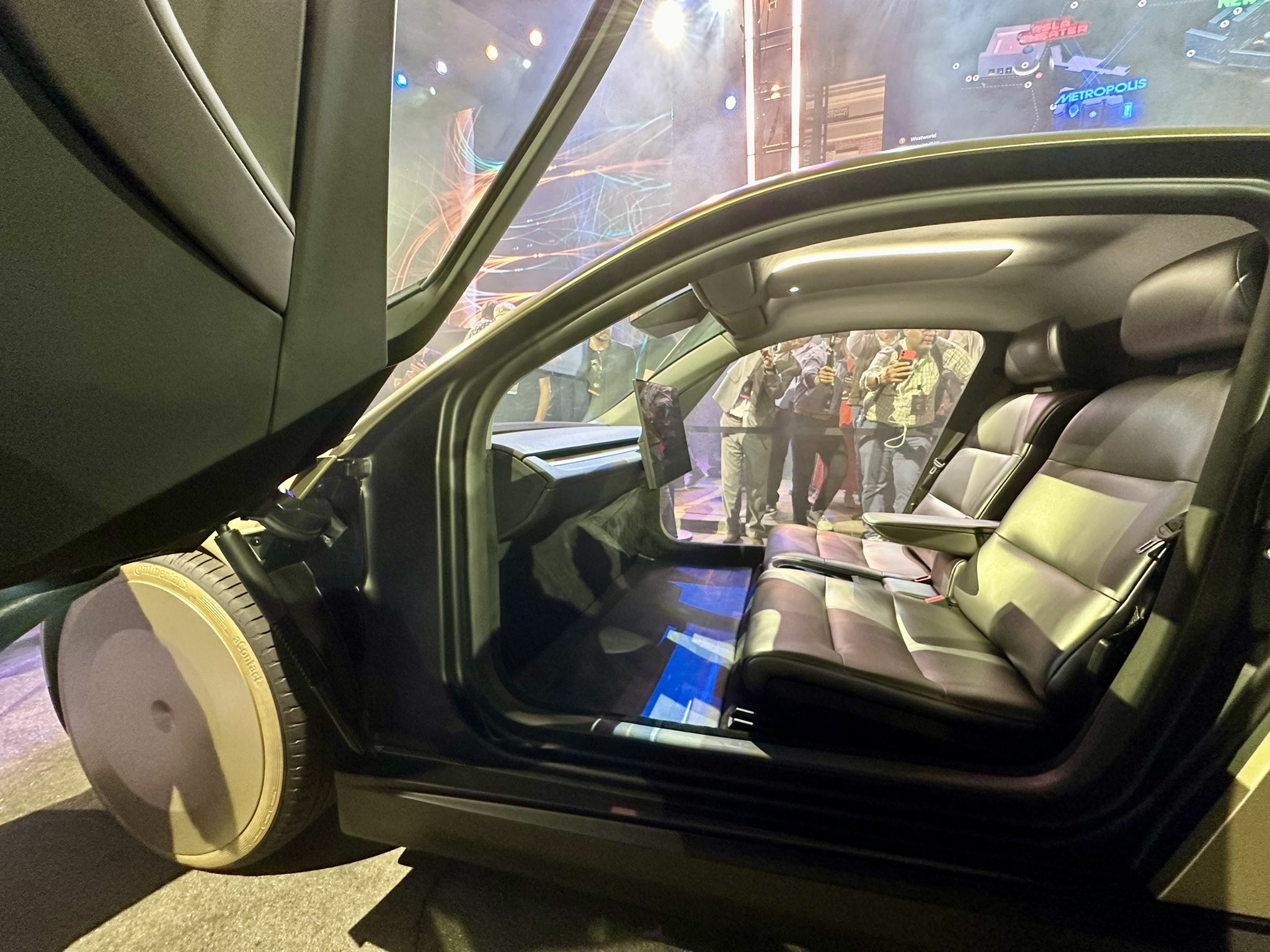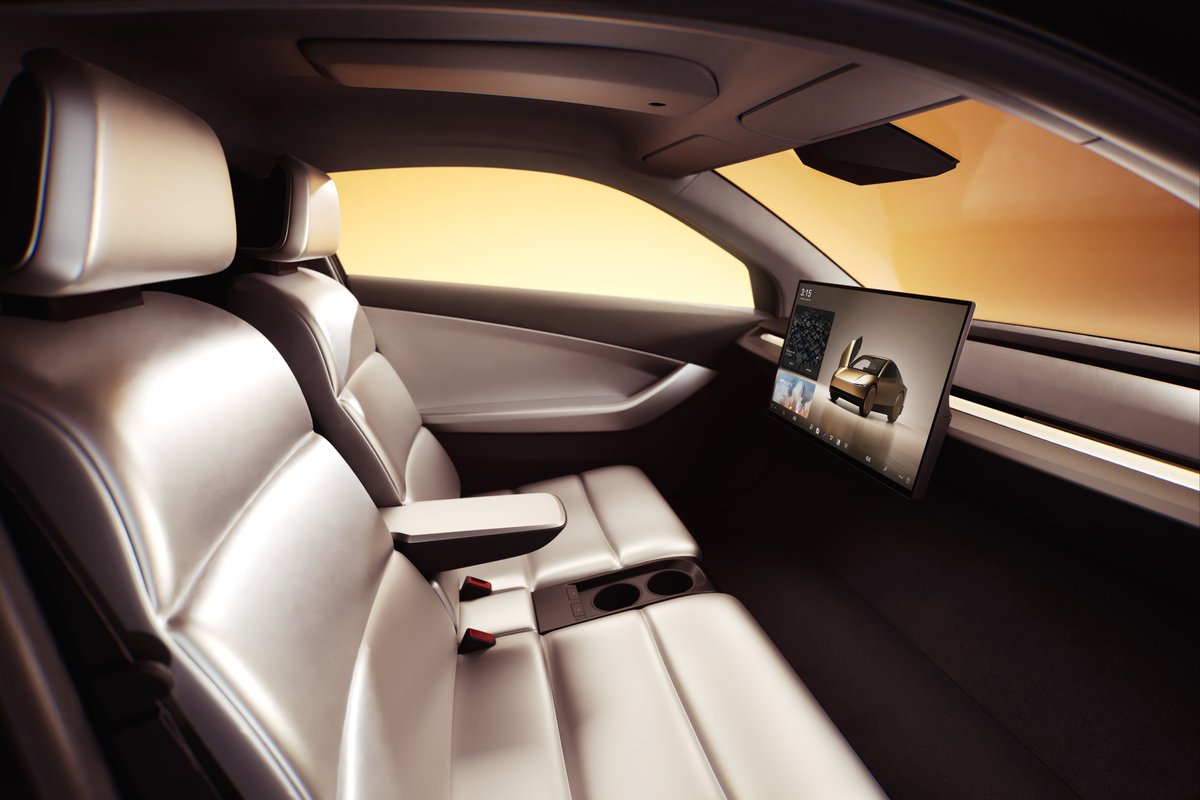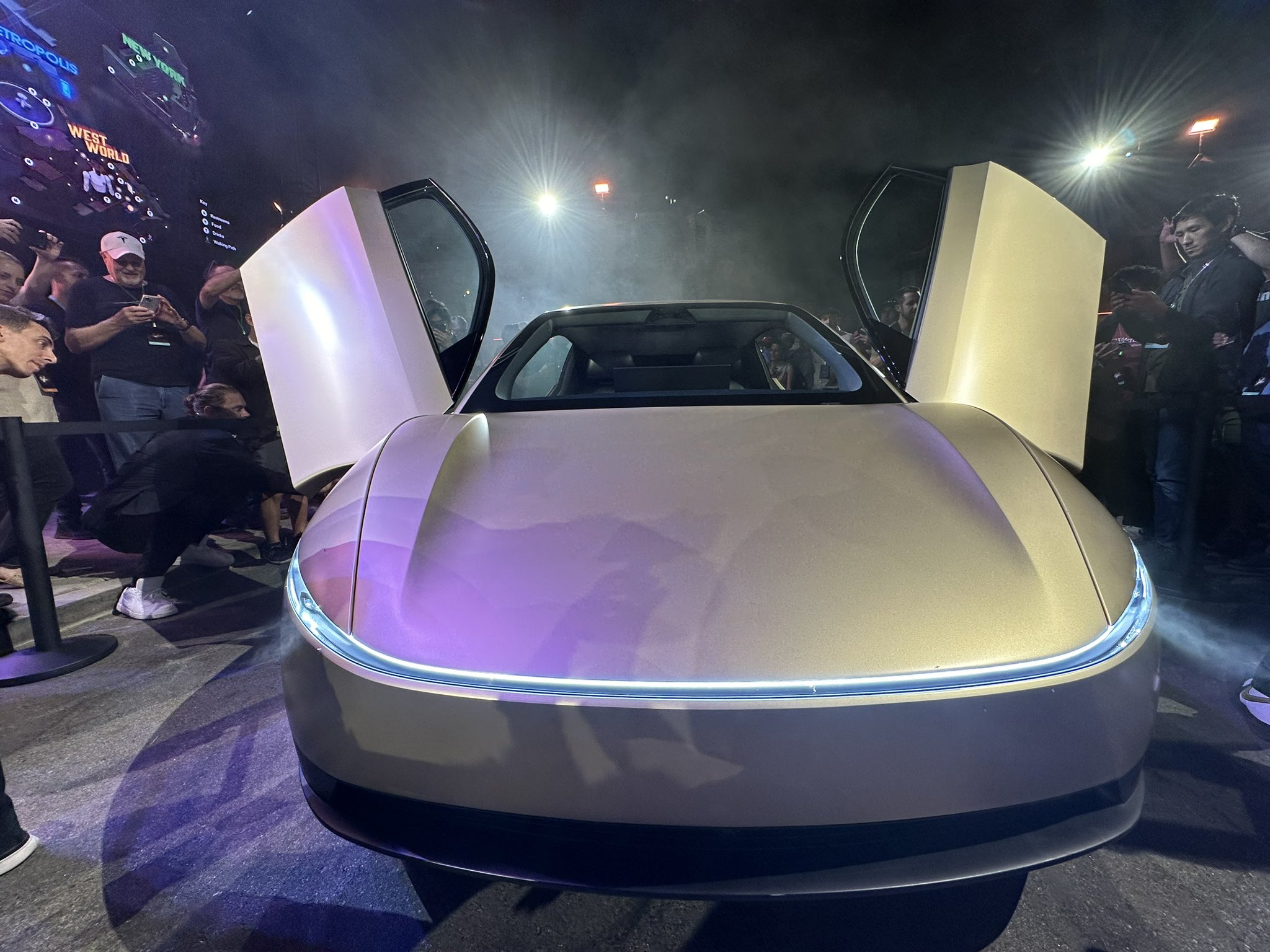
There’s something electrifying about every Tesla release, but this time, they’ve truly outdone themselves. The newly unveiled Tesla Cybercab is stirring up excitement, curiosity, and a bit of skepticism in equal measure. This autonomous robotaxi, designed without a steering wheel or pedals, is Tesla’s latest attempt to disrupt not just the auto industry, but urban transportation as a whole. Let’s take a deeper dive into the Cybercab and see how it stacks up against our trusty, traditional taxis.
Pricing and Availability: Affordability Meets Uncertainty
First things first, the price! With a starting point just under $30,000, the Cybercab could be an absolute game-changer. It’s not often that you hear “affordable” and “Tesla” in the same sentence, but here we are. For an autonomous vehicle packed with cutting-edge technology, this price tag is almost unbelievable. This could be a huge selling point for ride-sharing fleets looking for a cost-effective, futuristic solution.
But there’s a twist—production isn’t expected until 2026 or 2027. So, if you were hoping to hail a Cybercab next year, you might need to hang tight for a few more years. It’s exciting, but the waiting game is real.
Design and Features: Futuristic Yet Minimalist
Stepping into the Cybercab feels like entering the future, but a surprisingly minimalist one. The design is sleek and simple, perhaps a bit too simple for those of us used to a more traditional setup.
- Interior Features: The Cybercab boasts a giant 20.5-inch center display, dwarfing even the screens in Tesla’s Model S and X. This is where all the magic happens—everything from navigation to entertainment is controlled here. But here’s a curveball: no steering wheel, no pedals, and no center console. The result? A spacious interior with extra legroom, but it’s a shock to anyone accustomed to the conventional car setup.
- Passenger Capacity: It’s built to comfortably fit two passengers. That’s right—two. For solo riders or couples, this might feel like luxury, but what about the frequent group rides we all know and love with traditional taxis? This limitation could be a make-or-break factor for some.

Autonomous Tech: Tesla’s Self-Driving Gamble
The biggest selling point, of course, is the fully autonomous driving technology. Tesla’s Cybercab will be equipped with its Hardware 5/AI 5 system, ensuring that you won’t need to lift a finger while the car drives itself. The vehicle’s camera system is closely related to the Cybertruck, and promises complete autonomy—no human driver needed.
This is where things get exciting. Tesla is boldly leading the charge toward fully autonomous city rides. And while there’s plenty to be excited about, questions still linger. How will it cope with unpredictable Nigerian roads? What about navigating Lagos traffic or Abuja’s roundabouts? It’s intriguing, but only time will tell if Tesla’s vision for self-driving taxis will be able to thrive in such environments.

Cybercab vs. Traditional Taxis: Let’s Break it Down
Okay, we’ve all jumped in a traditional taxi at some point. They’re reliable, accessible, and, let’s be honest, familiar. So how does the Cybercab compare to your average Nigerian taxi?
| Feature | Tesla Cybercab | Traditional Taxis (e.g., London Black Taxi) |
| Passenger Capacity | 2 passengers | 5-6 passengers |
| Interior | Minimalist, spacious, no center console | Partitioned driver/passenger area, more seating |
| Autonomy | Fully autonomous, no driver needed | Human-driven |
| Fuel Efficiency | Electric, highly efficient with inductive charging | Gasoline/diesel, hybrid options available |
| Durability | Fewer mechanical parts, potentially longer lifespan | Built tough for urban environments |
| Maintenance | Cheaper for routine upkeep, but AI repairs could be costly | Regular engine maintenance, more accessible repairs |
In essence, the Cybercab is targeting a more streamlined, tech-forward passenger experience, ideal for shorter city trips. But if you need space for your crew or luggage, traditional taxis still win. After all, can you imagine fitting six friends and a mountain of groceries into a Cybercab?

Performance and Efficiency: A Quiet Revolution
Performance-wise, the Cybercab offers what you’d expect from an electric vehicle. It runs on Tesla’s advanced battery technology, and the inductive charging feature is a futuristic bonus—no plugging in needed. You simply roll up to a station, and it charges itself. This feature alone could save hours of downtime for taxi operators and fleet managers.
Traditional taxis, while still reliable, lag behind in terms of fuel efficiency. Most run on gasoline or diesel, which means higher fuel costs and fluctuating prices. Sure, there are hybrid options, but they can’t match the Cybercab’s electric prowess.

Will the Cybercab Shape the Future of Urban Transport?
It’s hard not to get excited about the possibilities that the Cybercab offers. Autonomous driving, eco-friendly tech, and minimalist design—it all points to a future where cars drive themselves, parking lots become green spaces, and city streets are quieter and cleaner.
But let’s face it—the Cybercab isn’t perfect. The two-passenger limit, delayed production, and the inevitable learning curve of fully autonomous driving could keep it from dominating right away. And with traditional taxis still offering unbeatable versatility, especially in countries like Nigeria where group travel is common, the Cybercab might not replace the traditional taxi anytime soon.
Instead, we might be looking at a niche solution—ideal for solo commuters or tech-savvy urbanites who crave the convenience of a self-driving car. Traditional taxis will likely remain the go-to for larger groups, long airport runs, and heavy luggage.
So, is the Cybercab the future? Probably. But that future might take a little longer to get here than we think. In the meantime, traditional taxis still have their place in our ever-changing transportation landscape.
What do you think? Would you trust a robotaxi to get you home, or do you prefer the reliability of a classic, human-driven ride?
Checkout Car and driver review for the New Tesla Cybercab
Pingback: Tesla Robovan: The Future of Autonomous Commercial Transport - Auto Adventure